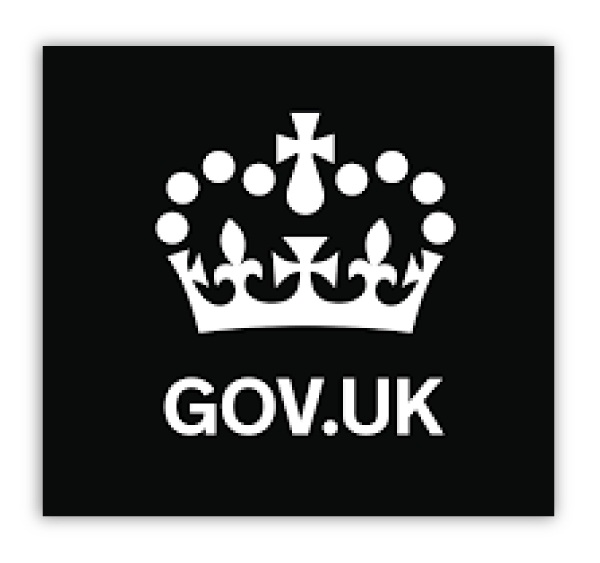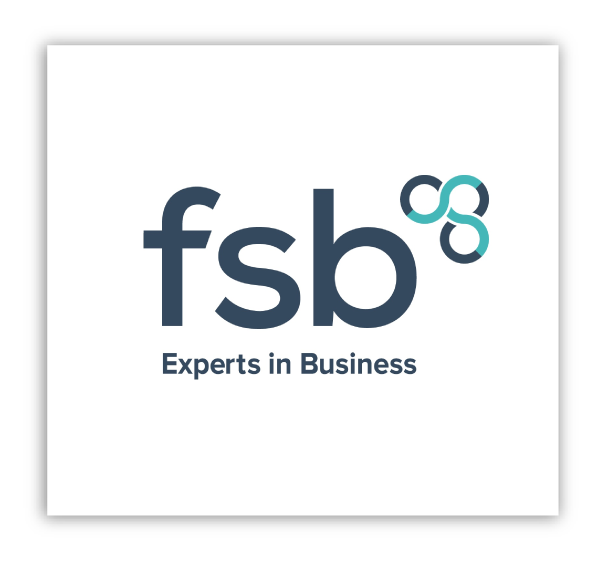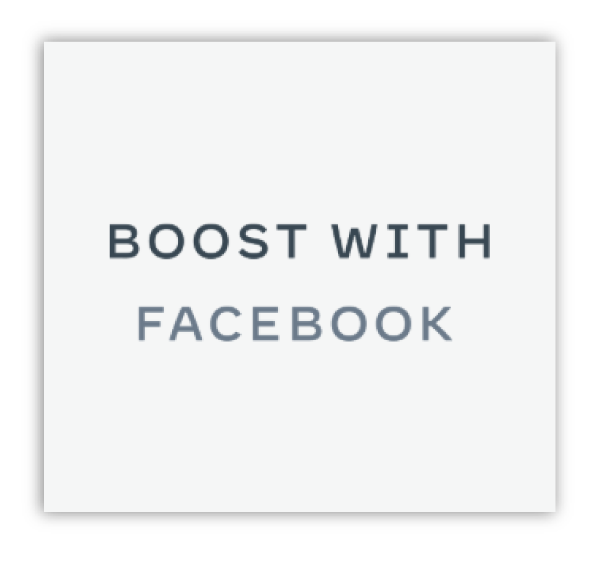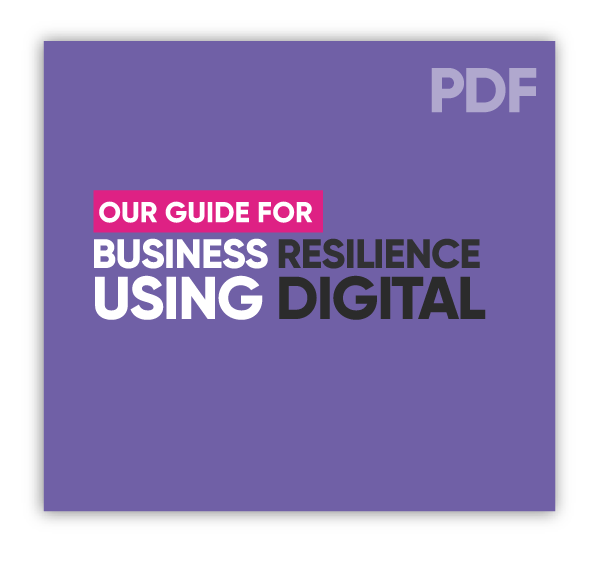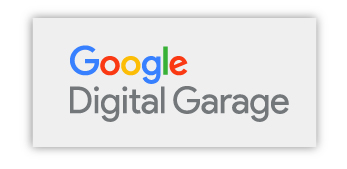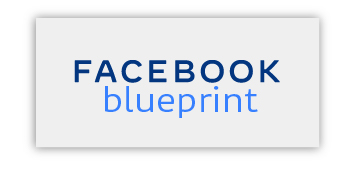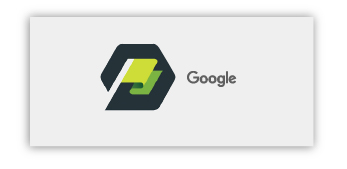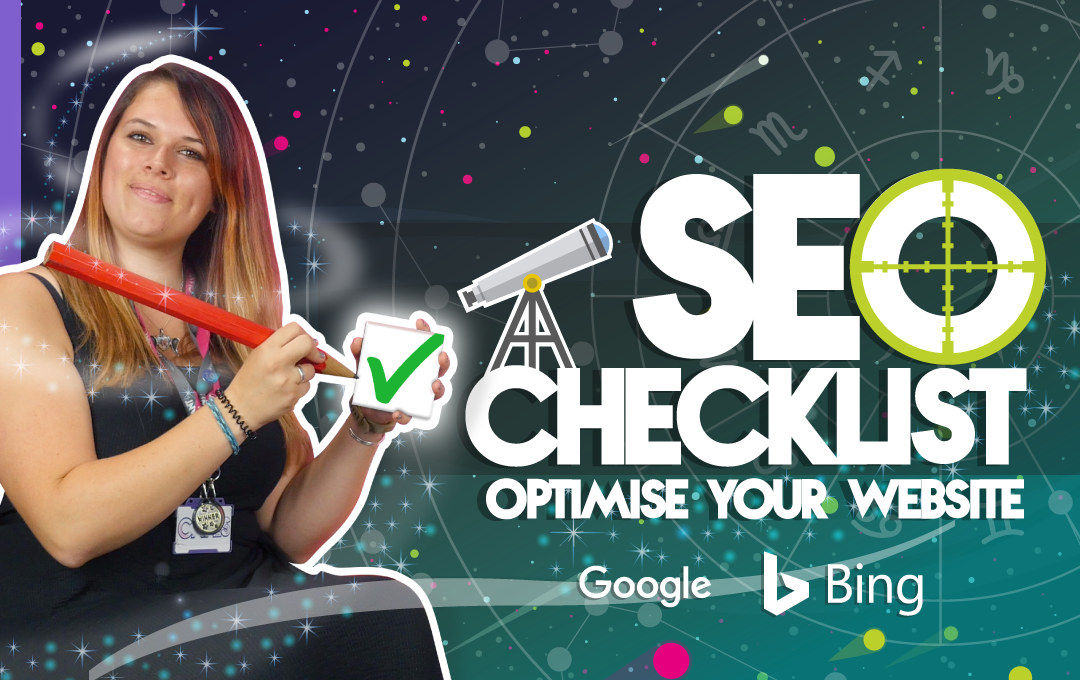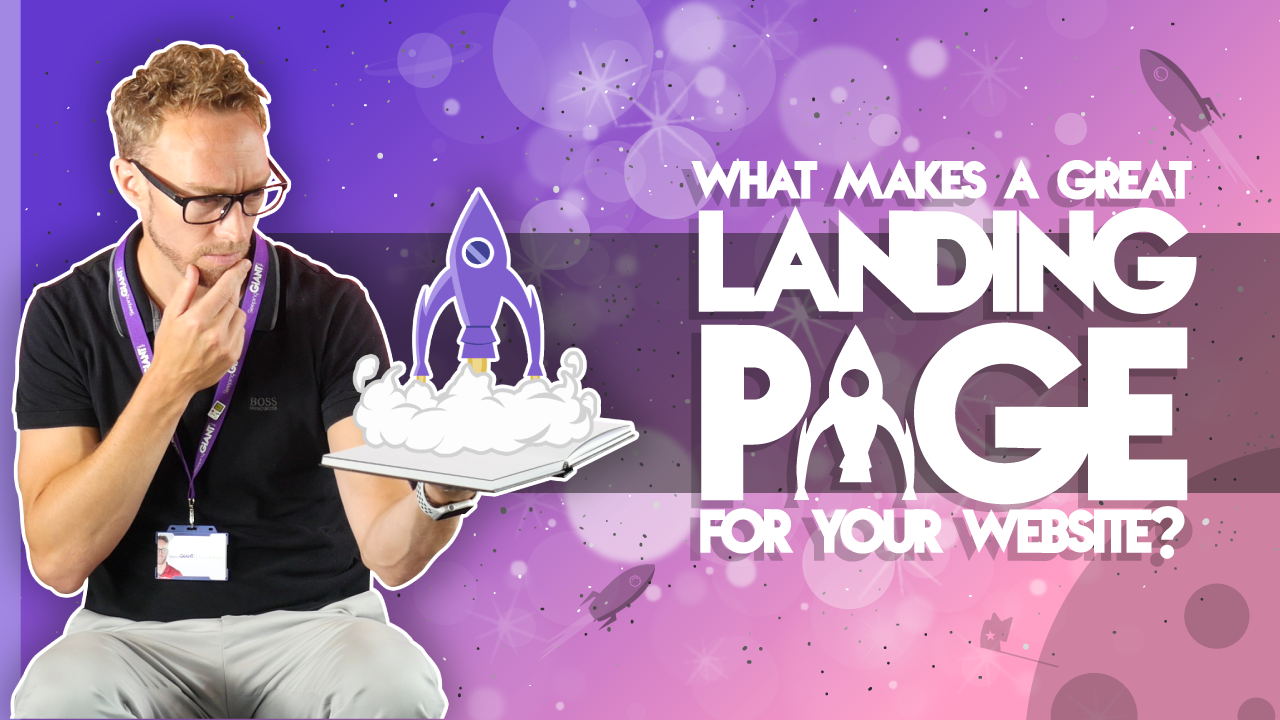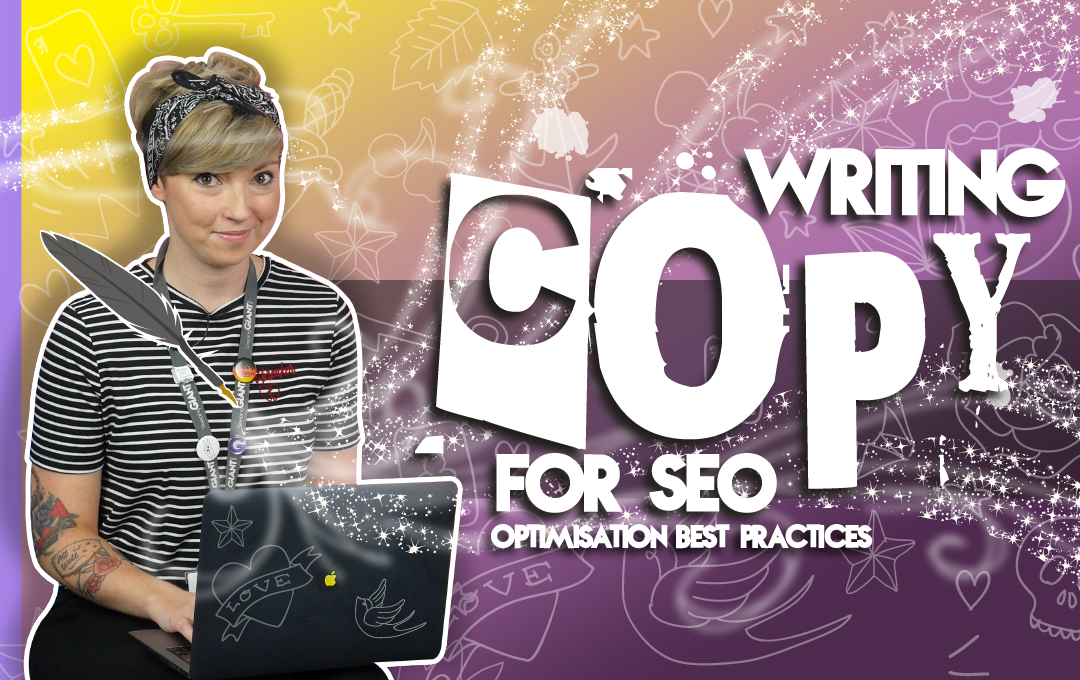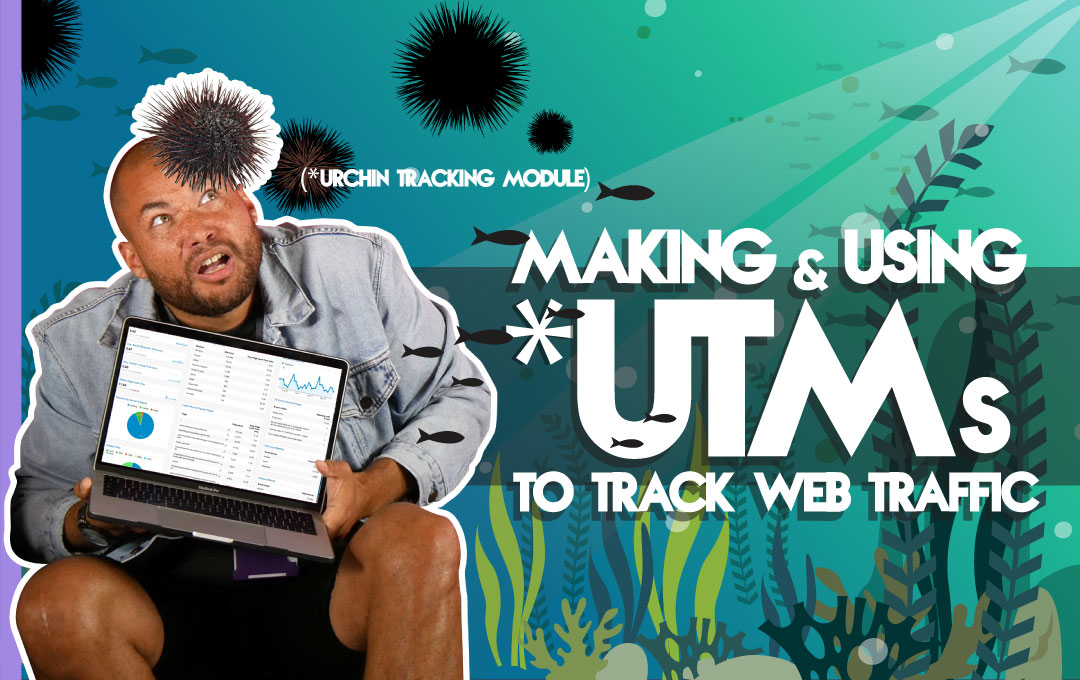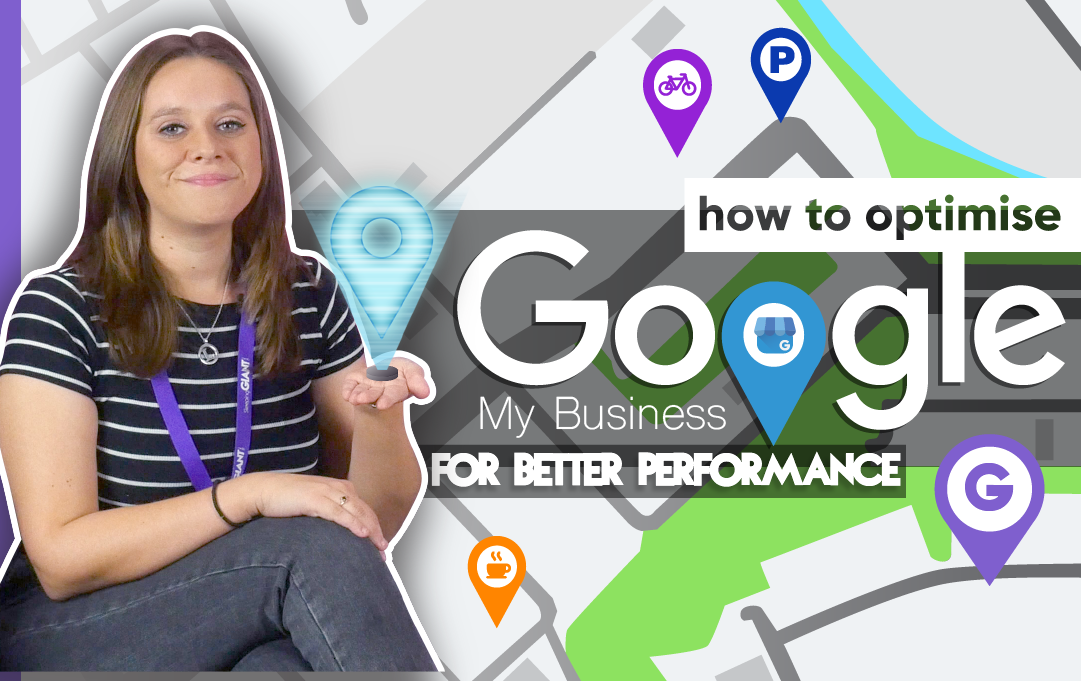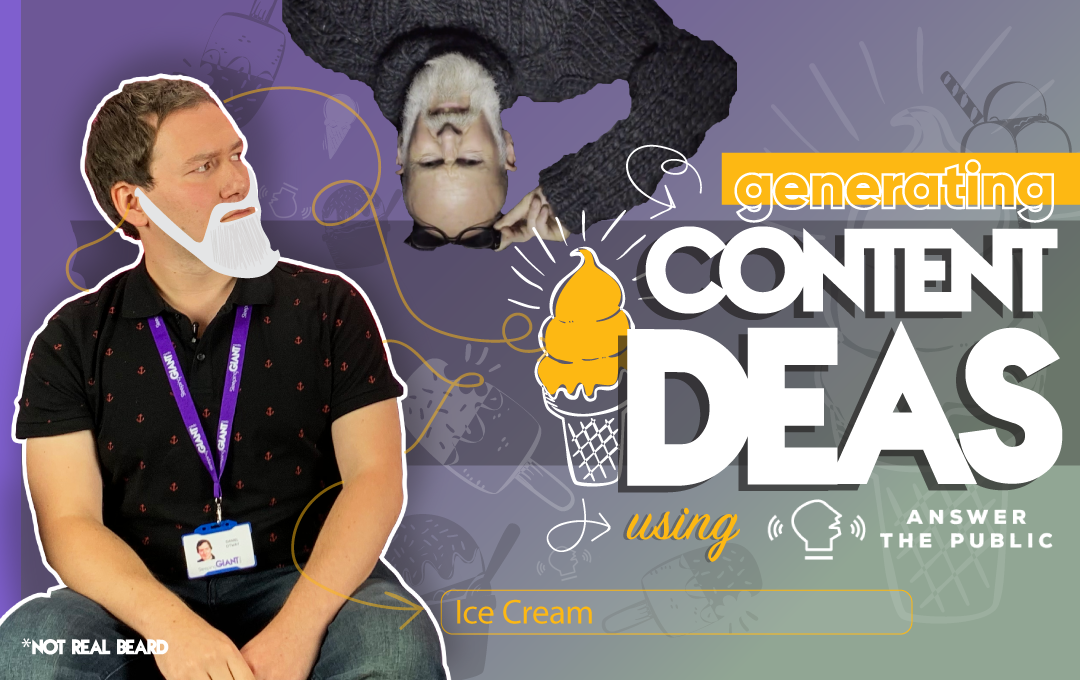Our Digital Business Resilience Guide
How Businesses Can Prepare & Respond to Declines From Pandemics
Our Digital Business Resilience Guide
How Businesses Can Prepare & Respond to Declines From Pandemics
Home >
There might be fewer physical customers, but trust us, they are still out there.
It’s time for you, as a business, to react and adapt to the way customer behaviour has and continues to change during uncertain times.
It might not feel like it, but 2020 is a mere three months old. Political, environmental, and now public health fears have driven the decline of high street retailers and small businesses to worrying levels.
Confidence amongst the public is lower, and this is often reflected in purchasing and buying decisions. Both B2B and B2C markets have been affected by supply chains and staffing issues providing businesses with a series of challenges that only seem to grow.
So, how can high street retailers and small businesses prepare and respond to the current pandemic? How can you ensure business resilience?
It might seem that everything is all doom and gloom, with the media full of all sorts of tales and scaremongering, but we’re here to help suggest how digital might help you to pick up the shortfall – whether it’s showing you how to do it yourself, or giving your business more resource by pulling in a team of our experts.
Here, you’re going to find some advice on how you can use digital marketing now to prepare and respond to declines in business activity. It’s never too late so take a look at this digital business resilience pack if you will.
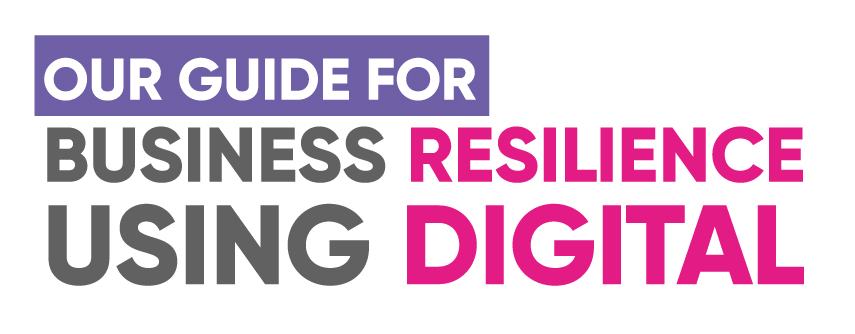
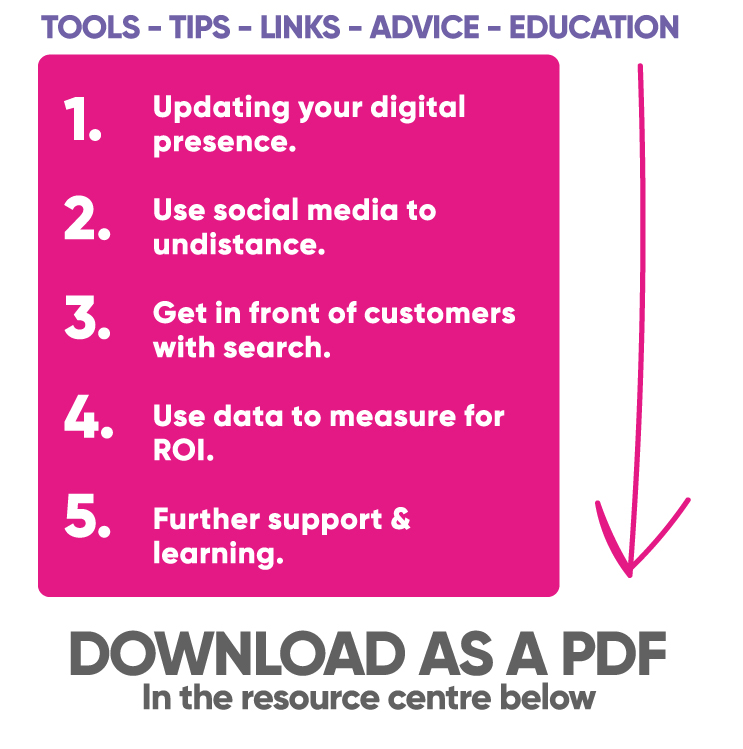
1.) Making sure your digital presence is up to date & optimised 📅
Social media and digital connectivity through the likes of websites play a GIANT part in our day-to-day lives, in fact… it’s probably how you’re consuming most of your news around this current pandemic. During moments of national significance, digital communications and social media play a big part. So, be where the people are. It’s time to update your website with relevant information, products, services and content. If anything, to help inform customers it’s very much business-as-usual your end, but as well to make life a little easier for your business.
Updating content regularly on your website tells Google that you’re still around too, and it can the make sure to rank your website on search engines accordingly.
Link your social media accounts to your website and ensure the information about your company matches up between your social presence and website. For example, if your website says open 9-5, your Google listing says 8:30-5, and your social media’s not been posted on since July 2018, then people are going to get confused and move elsewhere.
The same is true for spellings of your address and the format of your telephone number or contact details. Make it so easy a toddler could get in touch with you or understand what you do.
If you haven’t already, then set up and optimise a Google My Business account! This tells Google that you’re a real business, and benefits your local SEO in a GIANT way when someone’s searching for local services. With an emphasis on looking to support small local businesses at this current time, you want to be found.
3.) Using Google to get in front of customers at the right time 💰
What’s better than getting in front of people with your product, when they’re actually at that moment looking to buy that product? 🤷🏻♂️
When somebody wants something, the first thing they normally reach for nowadays is their laptop or smartphone, jumping straight onto Google. And with Google representing 98% of the market share, it makes sense to run some of your very own Google Ads!
Google Ads allows you to design your adverts to only show in certain geographical locations or for certain search terms, allowing for some super-specific targeting. These don’t have to be expensive or difficult to run either.
Google Ads can be a simple PPC (pay per click) campaign, where you pay for your Google result to appear at the top of the search page for a specific term and location. Every time someone clicks through to your website, you pay a cost. That cost is dependant on a few things, but ultimately the real time nature of it all means you can monitor, pause or boost your ad depending on its performance – allowing you to always stay on budget, or to pull back if you’re not happy.
Another way of advertising on Google is through the Google Display Network. This allows you to create visual adverts that can display on various locations around the internet – such as other peoples websites. You can get clever with them too, showing a specific advert to those who’ve already visited your website, showed intent to purchase but then abandoned their basket. This is called remarketing and allows you to catch them whilst you know they’re still somewhat interested.
Google has some great free tutorials and advice for setting up and checking the success of your Google Ads through platforms like Google Digital Garage.
5.) What training is available to help me learn digital marketing for business? 🧠
Like everything in life, there is only so much we know. And the stuff we do know, we have learnt and mastered over time. The same is very true with digital marketing. It might seem a little overwhelming at times but we can assure you that it isn’t once you get the hang of it. Look how much we have learnt already!
The big boys like Google and Facebook have their own elearning platforms linked below, Google Digital Garage and Facebook Blueprint (with the former being written by our very hands).
The best way to get answers is by looking for others experiencing similar limitations or issues as you. Search online, watch YouTube videos and ask colleagues and friends. Physical and online workshops and training sessions with marketing professionals can give you the confidence you need to go ahead and start making some campaigns online.
The main thing here is to be intrigued enough to motivate you to learn more. Because, after all, if we don’t learn to evolve, we won’t evolve – and it’s safe to say sitting still isn’t going to work right now.
2.) Using social media to drive sales & build communities 🤳
Social media has fantastic marketing options, allowing you to target your adverts at specific audiences through things like their likes, interests, where they’ve visited, if they’re recently married, where they live and so on. Getting specific with the way you use social media is the difference between shouting your message into the ether, or whispering your message directly into the ear of someone already interested. It makes a big difference.
Advertising on social media platforms allows you to build brand awareness, something you can’t afford to drop at a time like this. It also drives sales directly through the platforms, or onto your website.
Boosting posts can help your content to be seen by more people and drive brand exposure and page follows. But, to really have an impact, invest in running some proper adverts, not just hitting boost. And the best thing? It doesn’t have to be expensive. You can drive a lot from a cleverly built £5 advert.
The social distancing we’re experiencing at the moment, as well as the decline in footfall across high street stores, means that user behaviours and patterns are constantly changing. Online platforms, like social media, are a great place to build back up and maintain your existing and new communities.
Community posts see much higher levels of engagement because they’re a niche focus, for a niche audience. You can look to bridge the gap by creating your own communities and forums for like-minded businesses and individuals. You’ll find this builds brand ambassadors’, and can have a positive effect at helping your business survive in the current climate.
You can now run Facebook adverts in these communities themselves on Facebook, and as long as you’re offering solutions or what the people want rather than a hard sell, it might be the perfect place to build loyalty and awareness.
Finally, consider the motivations for a user on social media. They aren’t necessarily looking to buy when they’re scrolling, but to be entertained or to learn something new – but if you’re clever, you can catch ‘em.
4.) How to measure and track your efforts and digital marketing goals 📊
The power of digital marketing is the information and data we have at our fingertips. It can give us great insight into the behaviours of our customers, as well as the individual success of our campaigns and overall website.
The first thing you need to do is to make sure you have a Google Analytics tag set up on your website. This is as easy as asking your developer to do it, or by looking at the videos available from Google themselves. It isn’t as scary as it looks or sounds, honestly.
Simple metrics help you to determine the success of your adverts and website performance. And, in the current situation we’re all in, whatever competitive edge you can get will give your business an advantage. An understanding of where users drop off your website – is it your product? The descriptions? The photos or maybe even the price that’s putting them off?
Learn which social media channels are driving the most traffic, and then which channels are driving the most conversions on your products or services. See what pages they’re looking at, how long they’re on there and then plan to do more of those good, proven things.
Google Analytics can also provide you with some real-time information on the success of your ad campaigns. Setting up simple goals allows you to track things like how many times certain buttons were clicked, forms were filled or pages were visited – all of which are presented to you in an easy to understand way, informing your future marketing efforts’, and confirming if your efforts worked.
The use of UTM’s (urchin tracking modules – tracking applied to every link going to your website) is important for you to break down exactly which post from high platform drove traffic and conversions through your website. The more you know, the more you can refine making your overall efforts more effective. And believe us, it’s not time-consuming at all. Learn more about UTMs in one of the videos in the digital skills resource library down below.
Continue reading 👇
We’ve included some digital skills educational based videos below for you to kickstart your digital business optimisation, as well as including links to Government and business resources to help you respond and adapt.

There might be fewer physical customers, but trust us, they are still out there.
It’s time for you, as a business, to react and adapt to the way customer behaviour has and continues to change during uncertain times.
It might not feel like it, but 2020 is a mere three months old. Political, environmental, and now public health fears have driven the decline of high street retailers and small businesses to worrying levels.
Confidence amongst the public is lower, and this is often reflected in purchasing and buying decisions. Both B2B and B2C markets have been affected by supply chains and staffing issues providing businesses with a series of challenges that only seem to grow.
So, how can high street retailers and small businesses prepare and respond to the current pandemic? How can you ensure business resilience?
It might seem that everything is all doom and gloom, with the media full of all sorts of tales and scaremongering, but we’re here to help suggest how digital might help you to pick up the shortfall – whether it’s showing you how to do it yourself, or giving your business more resource by pulling in a team of our experts.
Here, you’re going to find some advice on how you can use digital marketing now to prepare and respond to declines in business activity. It’s never too late so take a look at this digital business resilience pack if you will.

1.) Making sure your digital presence is up to date & optimised 📅
Social media and digital connectivity through the likes of websites play a GIANT part in our day-to-day lives, in fact… it’s probably how you’re consuming most of your news around this current pandemic. During moments of national significance, digital communications and social media play a big part. So, be where the people are. It’s time to update your website with relevant information, products, services and content. If anything, to help inform customers it’s very much business-as-usual your end, but as well to make life a little easier for your business.
Updating content regularly on your website tells Google that you’re still around too, and it can the make sure to rank your website on search engines accordingly.
Link your social media accounts to your website and ensure the information about your company matches up between your social presence and website. For example, if your website says open 9-5, your Google listing says 8:30-5, and your social media’s not been posted on since July 2018, then people are going to get confused and move elsewhere.
The same is true for spellings of your address and the format of your telephone number or contact details. Make it so easy a toddler could get in touch with you or understand what you do.
If you haven’t already, then set up and optimise a Google My Business account! This tells Google that you’re a real business, and benefits your local SEO in a GIANT way when someone’s searching for local services. With an emphasis on looking to support small local businesses at this current time, you want to be found.
2.) Using social media to drive sales & build communities 🤳
Social media has fantastic marketing options, allowing you to target your adverts at specific audiences through things like their likes, interests, where they’ve visited, if they’re recently married, where they live and so on. Getting specific with the way you use social media is the difference between shouting your message into the ether, or whispering your message directly into the ear of someone already interested. It makes a big difference.
Advertising on social media platforms allows you to build brand awareness, something you can’t afford to drop at a time like this. It also drives sales directly through the platforms, or onto your website.
Boosting posts can help your content to be seen by more people and drive brand exposure and page follows. But, to really have an impact, invest in running some proper adverts, not just hitting boost. And the best thing? It doesn’t have to be expensive. You can drive a lot from a cleverly built £5 advert.
The social distancing we’re experiencing at the moment, as well as the decline in footfall across high street stores, means that user behaviours and patterns are constantly changing. Online platforms, like social media, are a great place to build back up and maintain your existing and new communities.
Community posts see much higher levels of engagement because they’re a niche focus, for a niche audience. You can look to bridge the gap by creating your own communities and forums for like-minded businesses and individuals. You’ll find this builds brand ambassadors’, and can have a positive effect at helping your business survive in the current climate.
You can now run Facebook adverts in these communities themselves on Facebook, and as long as you’re offering solutions or what the people want rather than a hard sell, it might be the perfect place to build loyalty and awareness.
Finally, consider the motivations for a user on social media. They aren’t necessarily looking to buy when they’re scrolling, but to be entertained or to learn something new – but if you’re clever, you can catch ‘em.
3.) Using Google to get in front of customers at the right time 💰
What’s better than getting in front of people with your product, when they’re actually at that moment looking to buy that product? 🤷🏻♂️
When somebody wants something, the first thing they normally reach for nowadays is their laptop or smartphone, jumping straight onto Google. And with Google representing 98% of the market share, it makes sense to run some of your very own Google Ads!
Google Ads allows you to design your adverts to only show in certain geographical locations or for certain search terms, allowing for some super-specific targeting. These don’t have to be expensive or difficult to run either.
Google Ads can be a simple PPC (pay per click) campaign, where you pay for your Google result to appear at the top of the search page for a specific term and location. Every time someone clicks through to your website, you pay a cost. That cost is dependant on a few things, but ultimately the real time nature of it all means you can monitor, pause or boost your ad depending on its performance – allowing you to always stay on budget, or to pull back if you’re not happy.
Another way of advertising on Google is through the Google Display Network. This allows you to create visual adverts that can display on various locations around the internet – such as other peoples websites. You can get clever with them too, showing a specific advert to those who’ve already visited your website, showed intent to purchase but then abandoned their basket. This is called remarketing and allows you to catch them whilst you know they’re still somewhat interested.
Google has some great free tutorials and advice for setting up and checking the success of your Google Ads through platforms like Google Digital Garage.
4.) How to measure and track your efforts and digital marketing goals 📊
The power of digital marketing is the information and data we have at our fingertips. It can give us great insight into the behaviours of our customers, as well as the individual success of our campaigns and overall website.
The first thing you need to do is to make sure you have a Google Analytics tag set up on your website. This is as easy as asking your developer to do it, or by looking at the videos available from Google themselves. It isn’t as scary as it looks or sounds, honestly.
Simple metrics help you to determine the success of your adverts and website performance. And, in the current situation we’re all in, whatever competitive edge you can get will give your business an advantage. An understanding of where users drop off your website – is it your product? The descriptions? The photos or maybe even the price that’s putting them off?
Learn which social media channels are driving the most traffic, and then which channels are driving the most conversions on your products or services. See what pages they’re looking at, how long they’re on there and then plan to do more of those good, proven things.
Google Analytics can also provide you with some real-time information on the success of your ad campaigns. Setting up simple goals allows you to track things like how many times certain buttons were clicked, forms were filled or pages were visited – all of which are presented to you in an easy to understand way, informing your future marketing efforts’, and confirming if your efforts worked.
The use of UTM’s (urchin tracking modules – tracking applied to every link going to your website) is important for you to break down exactly which post from high platform drove traffic and conversions through your website. The more you know, the more you can refine making your overall efforts more effective. And believe us, it’s not time-consuming at all. Learn more about UTMs in one of the videos in the digital skills resource library down below.
5.) What training is available to help me learn digital marketing for business? 🧠
Like everything in life, there is only so much we know. And the stuff we do know, we have learnt and mastered over time. The same is very true with digital marketing. It might seem a little overwhelming at times but we can assure you that it isn’t once you get the hang of it. Look how much we have learnt already!
The big boys like Google and Facebook have their own elearning platforms linked below, Google Digital Garage and Facebook Blueprint (with the former being written by our very hands).
The best way to get answers is by looking for others experiencing similar limitations or issues as you. Search online, watch YouTube videos and ask colleagues and friends. Physical and online workshops and training sessions with marketing professionals can give you the confidence you need to go ahead and start making some campaigns online.
The main thing here is to be intrigued enough to motivate you to learn more. Because, after all, if we don’t learn to evolve, we won’t evolve – and it’s safe to say sitting still isn’t going to work right now.
Continue reading 👇
We’ve included some digital skills educational based videos below for you to kickstart your digital business optimisation, as well as including links to Government and business resources to help you respond and adapt – both B2B and B2C based businesses.
Speak to someone about your business
We’ve developed solutions for small businesses looking to compete in the new digital high street, and those businesses looking to ride the curve. Get in touch using the form below to learn more.
We’ve tailored our digital marketing solutions so there’s availability for all business types, sizes and objectives.
Get in touch today to find out what we can do for you:
01303 240715 | hello@sleepinggiantmedia.co.uk
Small Business Resource Library
Below is a selection of links to relevant websites and resources to help you with the likes of understanding your rights as a business during times like these.
Digital Skills For Business Resource Library
Below is a selection of videos, blogs, whitepapers and other resources that can help you learn and implement digital best practice to help your business.
Get Digital Marketing Updates Direct To Your Inbox
Just sign up today, fill in your details below.
Want results like these?
So, you’ve seen how we do it — and you know what we’re capable of. If your brand or business could benefit from results like these, get in touch with us today to unleash your potential.
Follow Us
Newsletter
Stay up to date with the latest news and stories straight from Giant HQ.
Contact Us
Top Floor, The Civic Centre, Castle Hill Avenue, Folkestone CT20 2QY.
Copyright © 2020 Sleeping Giant Media. All Rights Reserved.

